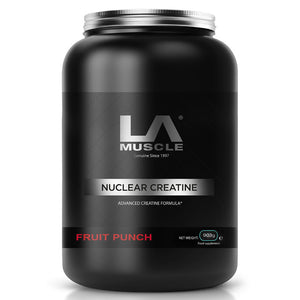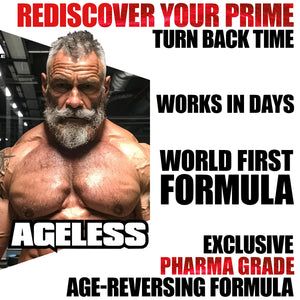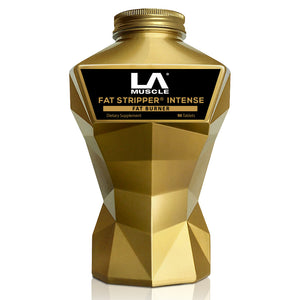
As we get older it becomes harder to stay healthy and in good shape but believe it or not a solution might be on the horizon. A new study out of the University of Southern California claims that physical decline among older adults may be reversible after finding a powerful hormone in humans that is expressed during exercise.
The study, published recently in Nature Communications, discovered that the mitochondrial genome “encodes instructions for regulating an individual’s physical capacity, performance and metabolism during aging.” The study, which was performed on mice, suggests that this regulation may be able to help increase a healthier, physically more active lifespan among those at an advanced age.
The study co-author Changhan David Lee, assistant professor at the USC Leonard Davis School of Gerontology said “Mitochondria are known as the cell’s energy source, but they are also hubs that coordinate and fine-tune metabolism by actively communicating to the rest of the body”. “As we age, that communication network seems to break down, but our study suggests you can restore that network or rejuvenate an older mouse so it is as fit as a younger one.”
The scientists looked at MOTS-c, a hormone which mimics the effects of exercise. The research team tested how injections of MOTS-c affected mice of different ages by measuring physical capacity and performance in young, middle-aged, and old mice. When the mice were presented with physical challenges such as running on an accelerated treadmill, mice of all ages who had received MOTS-c treatment fared significantly better than untreated mice of the same age, as well as mice that were fed a high-fat diet.
In people, researchers collected skeletal muscle tissue and plasma from sedentary, healthy young male volunteers who exercised on a stationary bicycle before, during, and after the exercise. Their MOTS-c levels increased significantly in muscle cells after exercise and remained slightly elevated even after a four-hour rest.
The results, according to the researchers, lend a promising hope for aging adults who may have regressed physically that they may be able regain some of the strength and physical capacity they had decades earlier.
“Indicators of physical decline in humans, such as reduced stride length or walking capacity, are strongly linked to mortality and morbidity,” Lee said. “Interventions targeting age-related decline and frailty that are applied later in life would be more translationally feasible compared to lifelong treatments.”


























